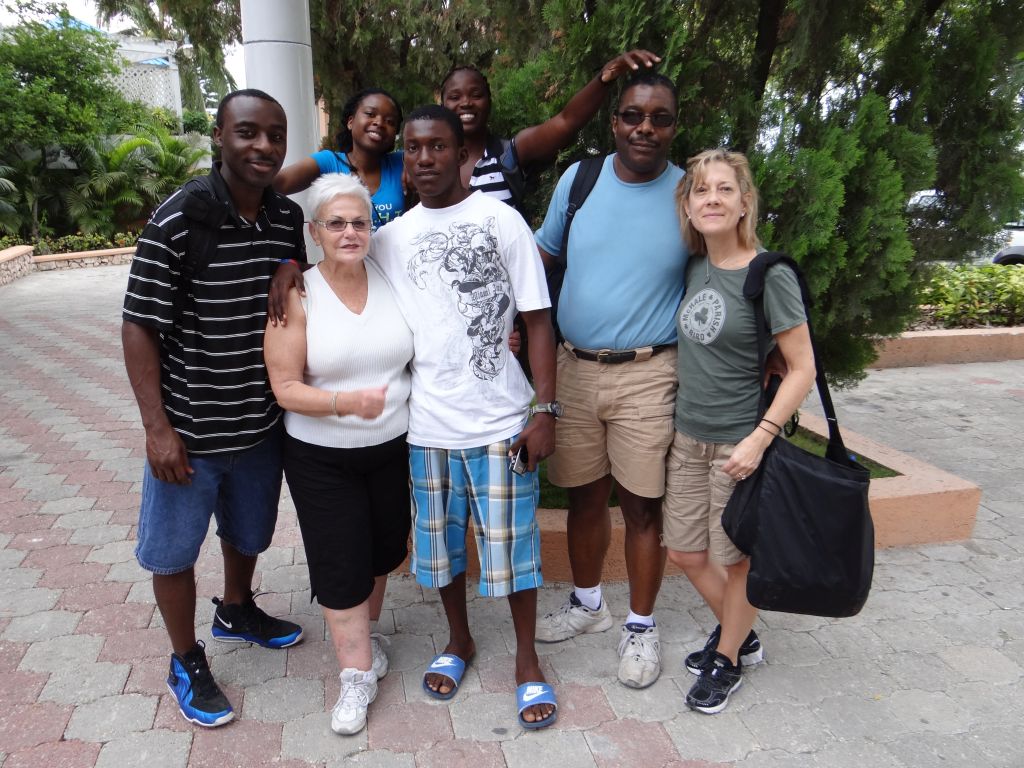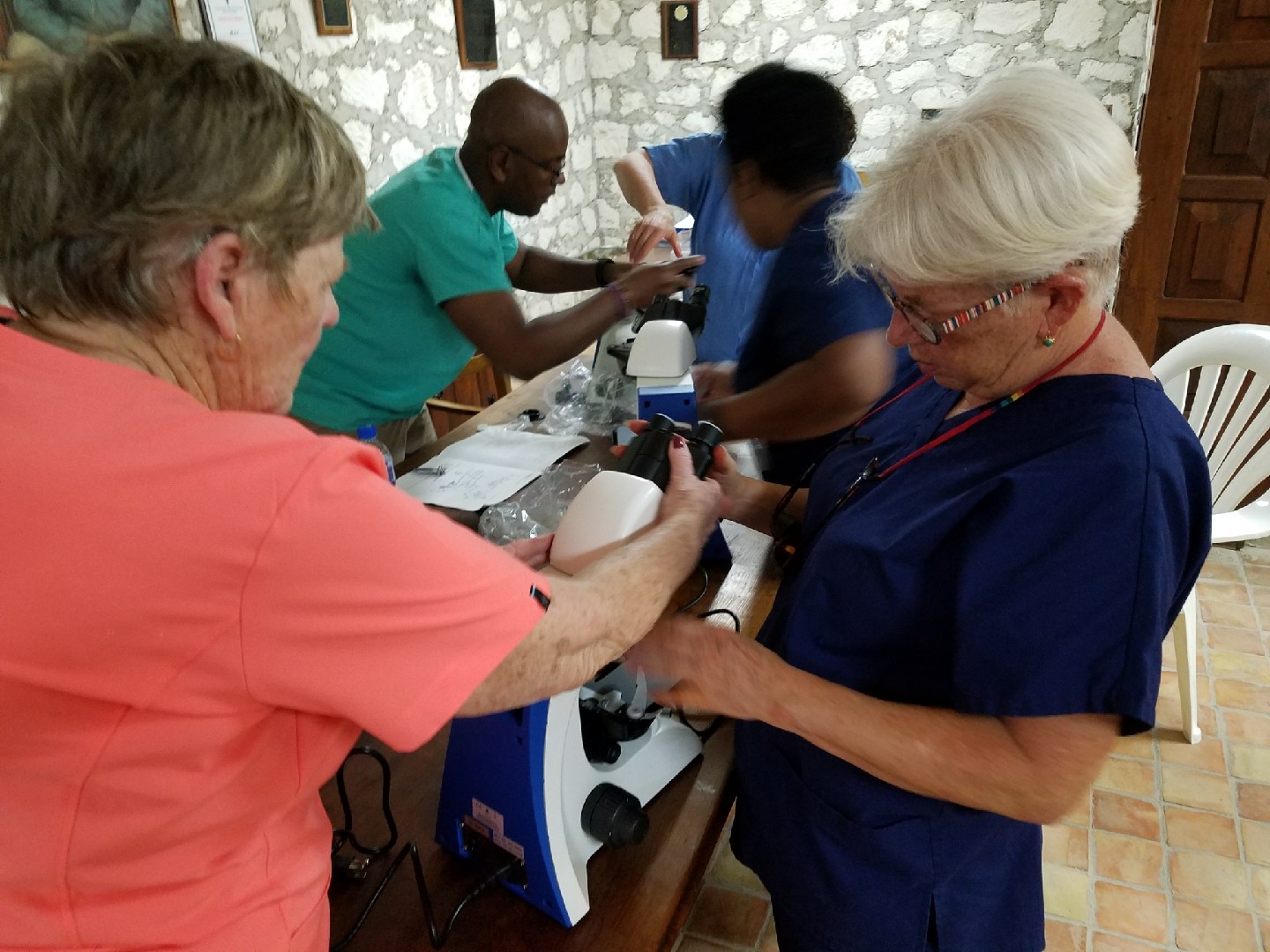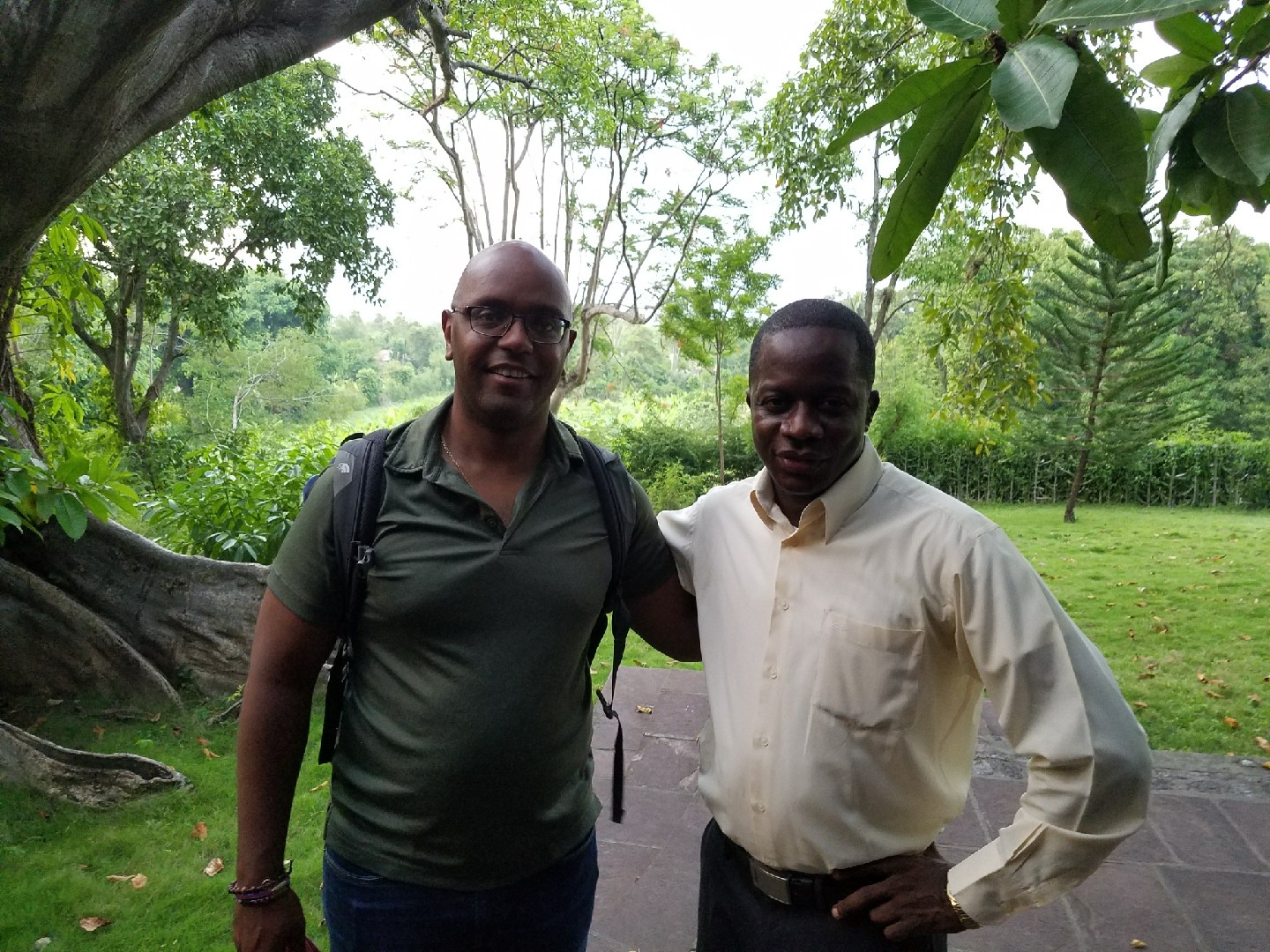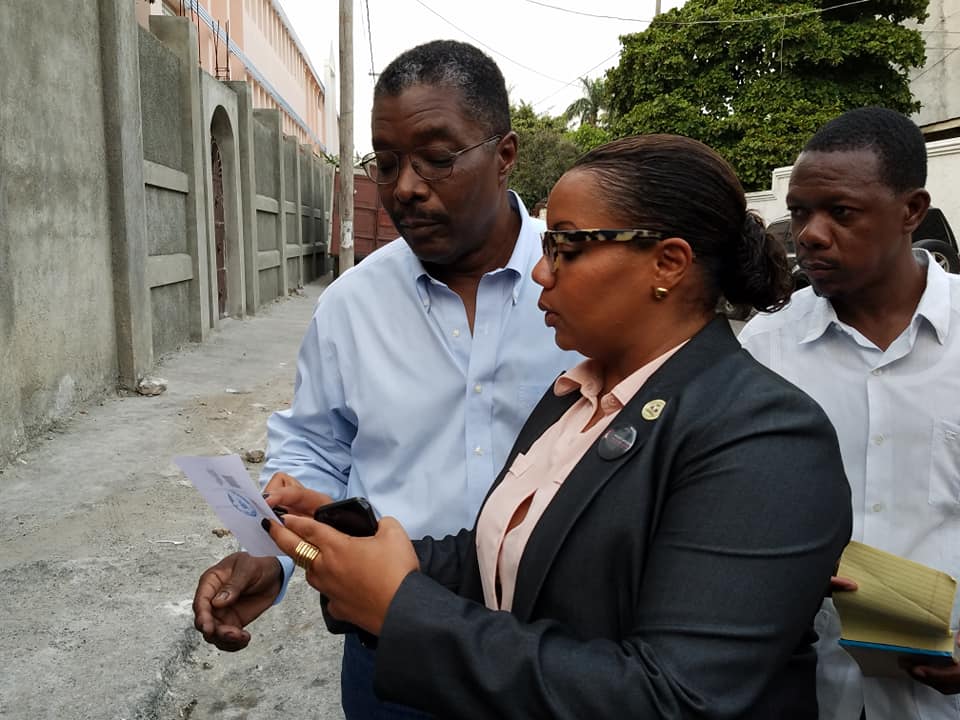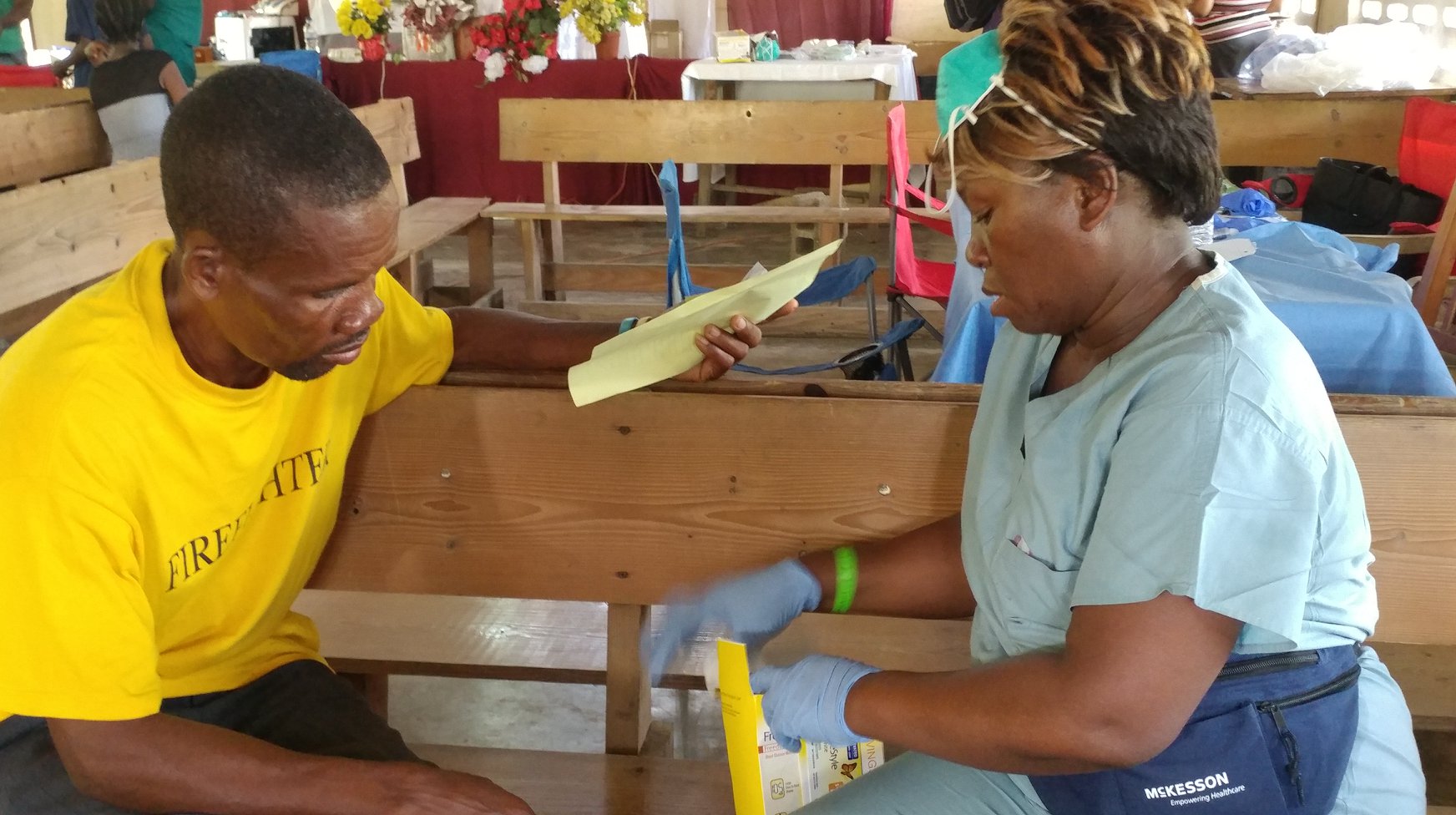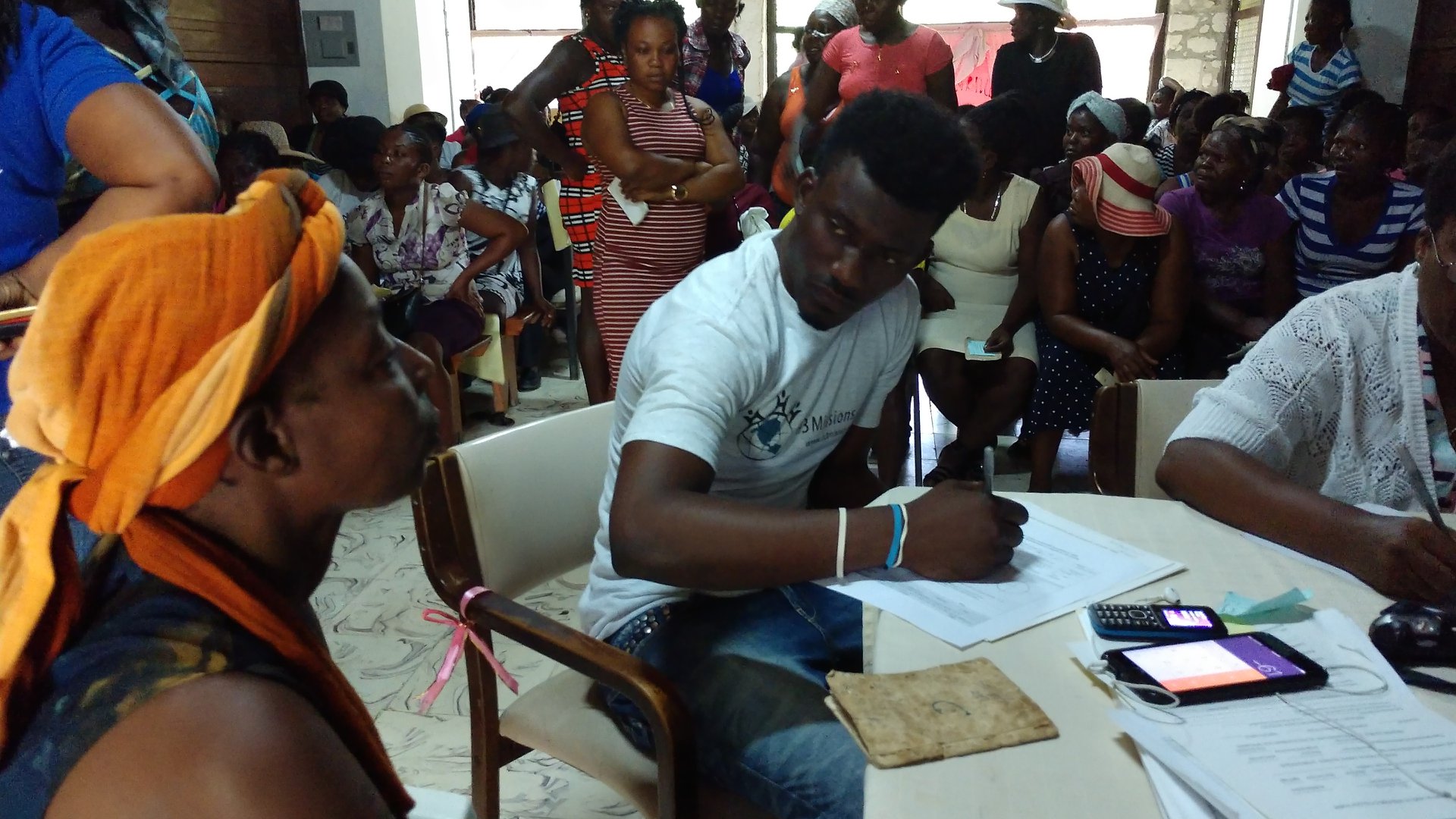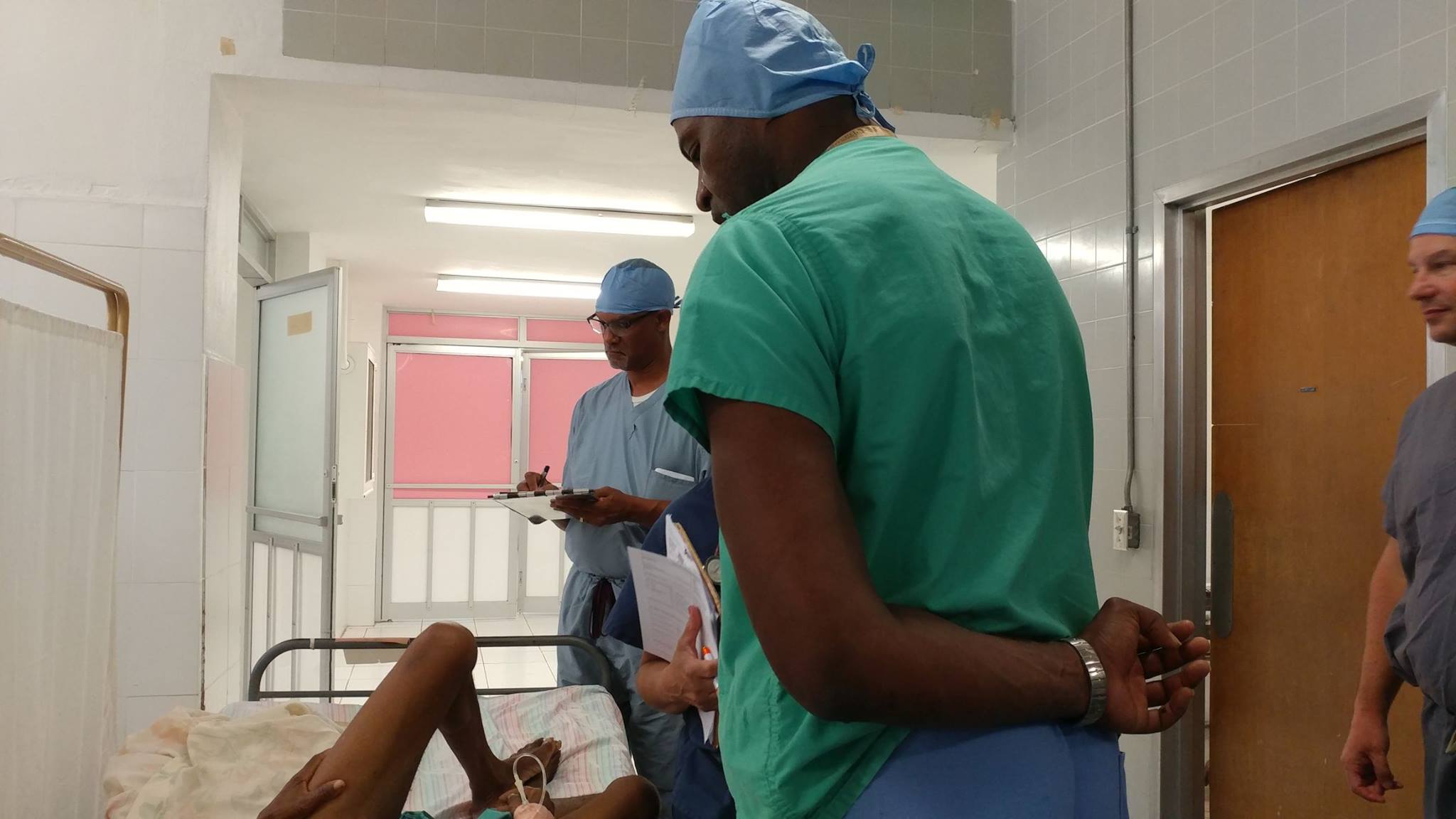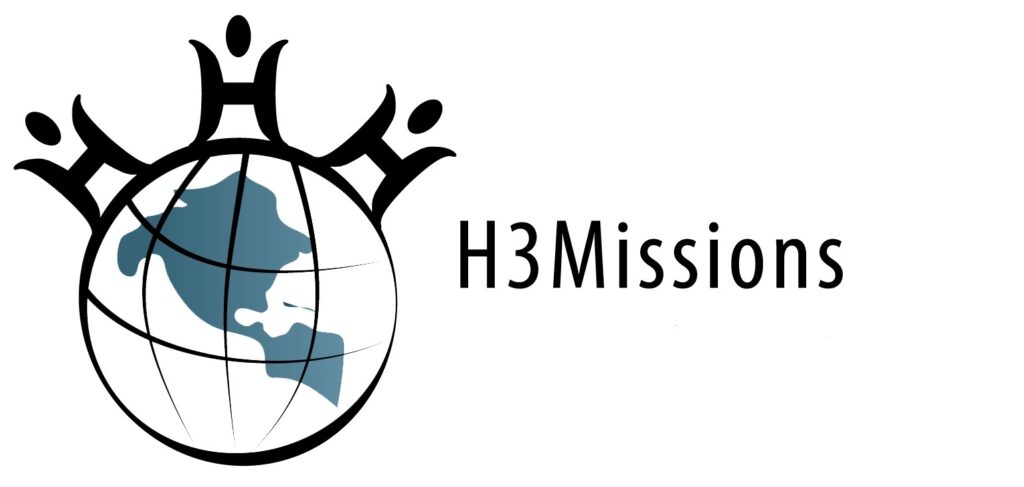
Help for Hurting Humanity
OUR STORY
Help for hurting humanity
H3Missions was founded in April 2010 by a group of compassionate individuals who wanted to respond to the magnitude 7.0 earthquake that struck Haiti’s island nation in January of that year.
We conducted our first medical mission with a group of doctors, nurses, and other health professionals tending to the thousands of wounded survivors.
After seeing the destruction and the great need for humanitarian services, we knew this would become a long term effort. To that effect, we worked to incorporate the organization into an IRS recognized 501c3 non-profit.
“We conducted our first medical mission with a group of doctors, nurses, and other health professionals tending to the thousands of wounded survivors.”
In addition to the medical and dental missions, we have also constructed classrooms at an existing school, dug wells, installed water purification systems, and worked on installing solar power at the clinic, which we support.
Each mission trip also includes a food distribution hike carrying food to the poorest people in the most remote areas. We thank you for your interest in us and your kind support of our efforts!
MEET OUR TEAM
Help for hurting humanity
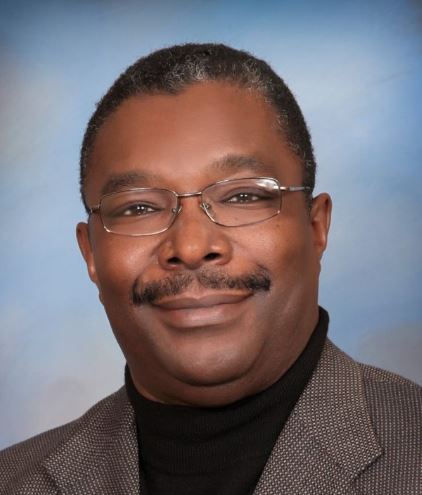
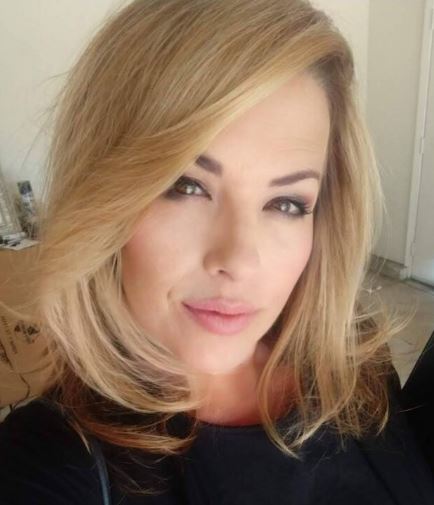
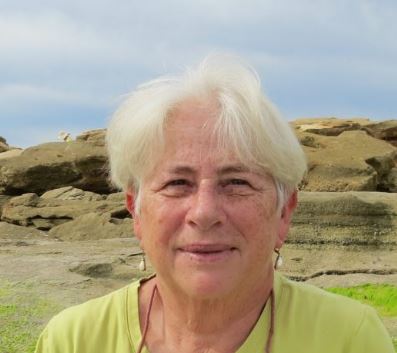
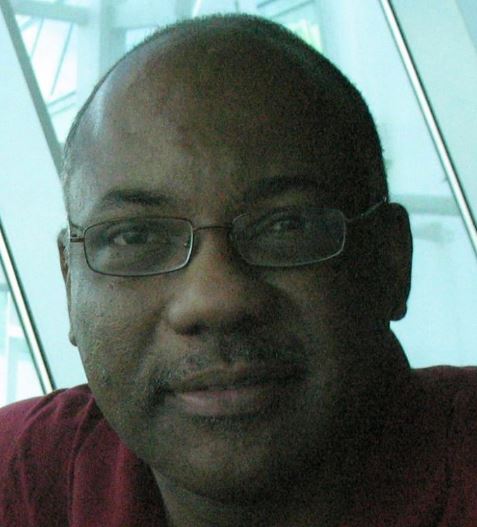
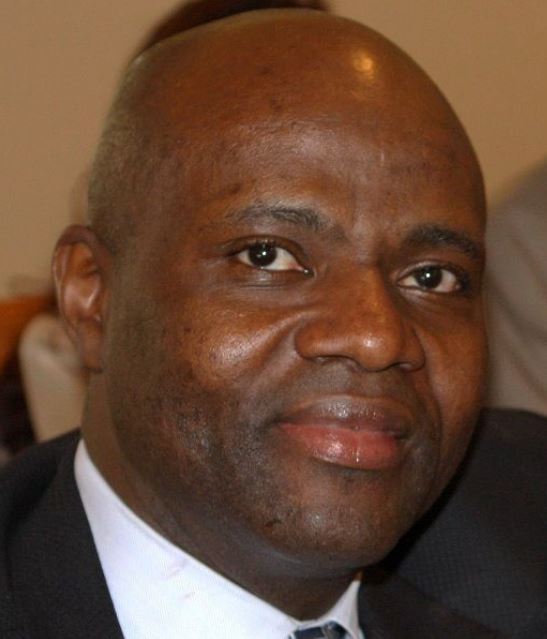



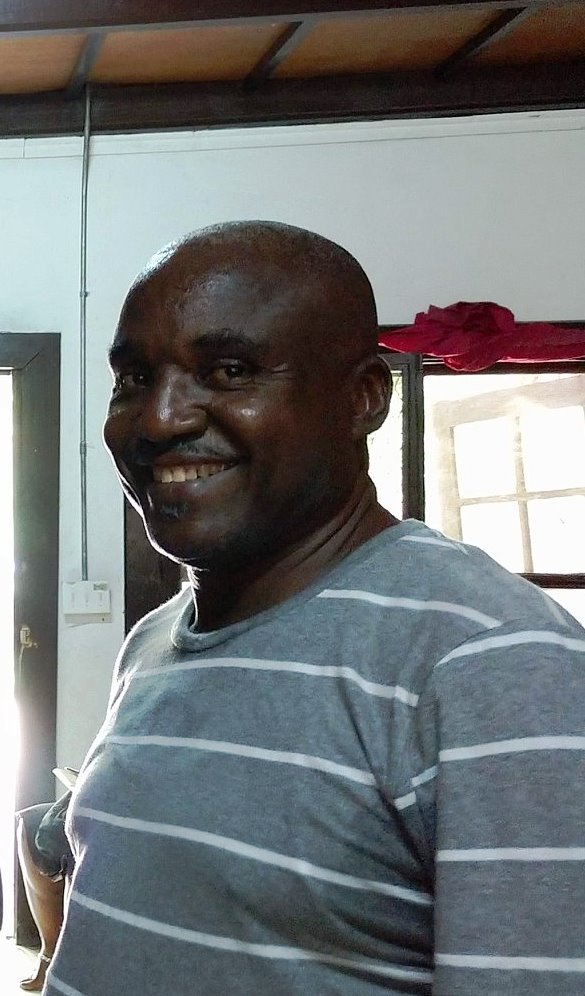
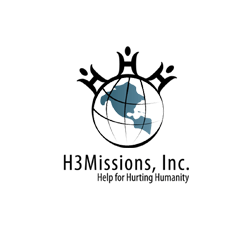
THERE ARE MILLIONS OF PEOPLE IN HAITI WITHOUT BASIC HEALTHCARE
People are dying from medical conditions that can be treated.
It is our mission to bring medical professionals to Haiti to give
HOPE and HELP to save lives.
Health Advisory Board
Help for hurting humanity
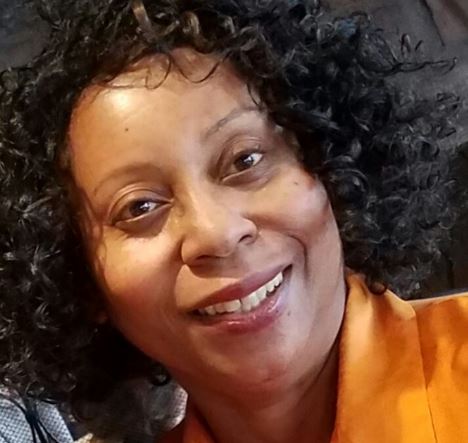

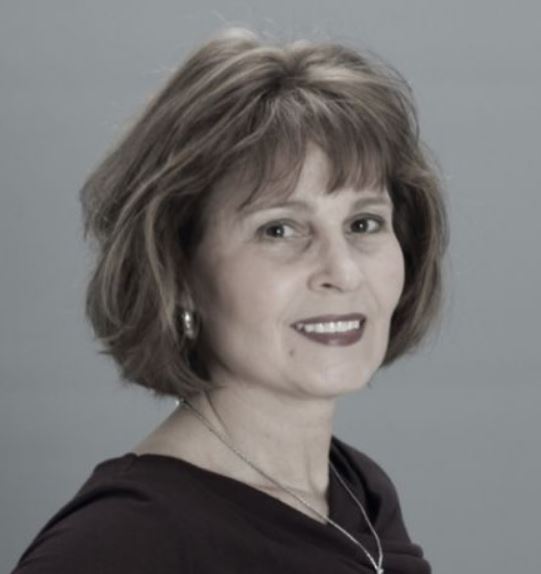


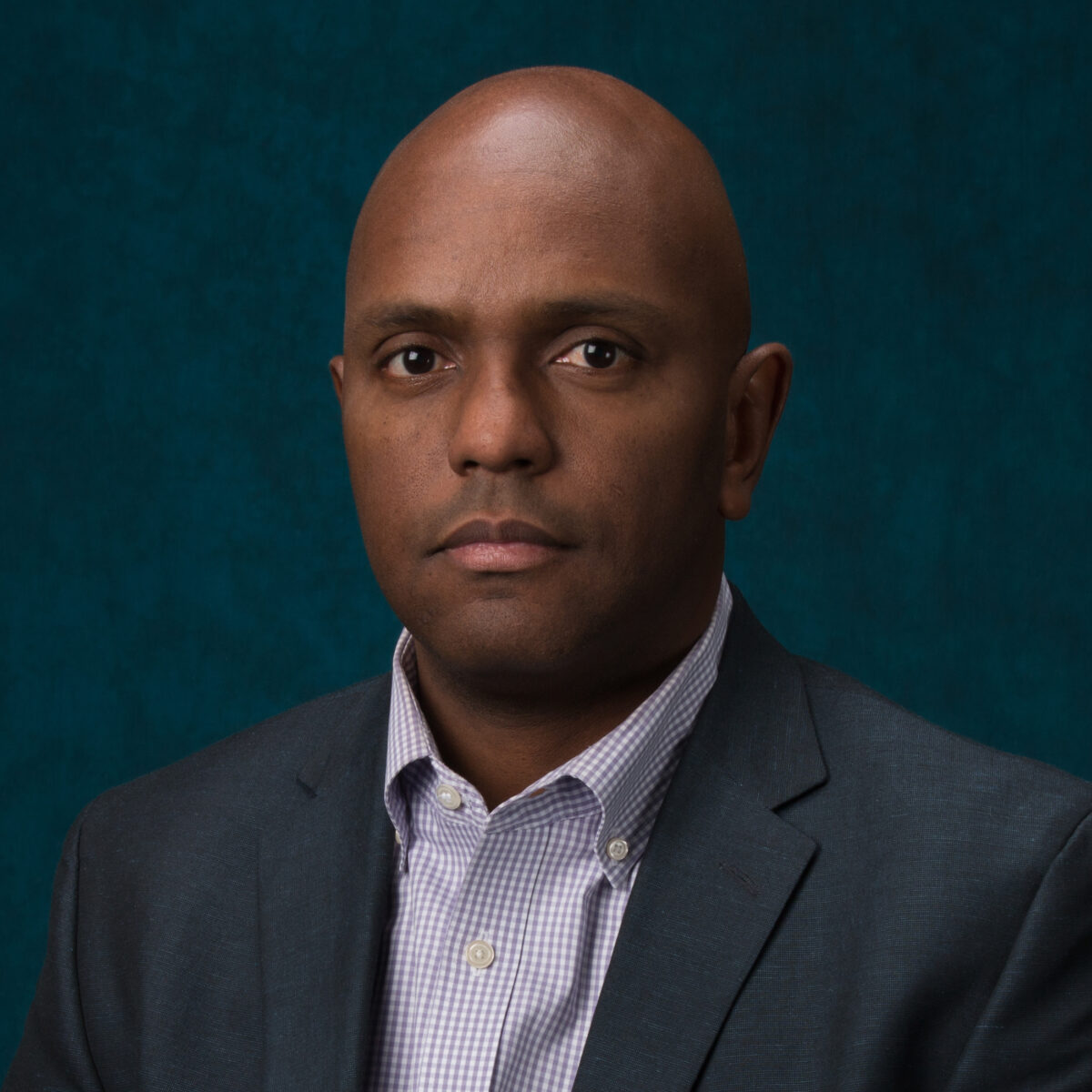


MEETING THE NEED
Help for hurting humanity
H3Missions, Inc. responded to that need. With only nine people, our first team worked in tent cities, orphanages, and out “in-the-bush” working under tarps, reaching those most in need. Our priority was to find remote areas with little to no access to medical or dental professional care. Our largest team was 80 people over 16 days; some team members staying for only one week, and others for the entire period. We saved and changed lives.
“After 32 trips to Haiti over the last nine years, with medical professionals from all over the United States, we have been able to provide the care needed to make a difference.”
We believe in a teaching approach with Haitian medical professionals while working to meet Haitian children and adults’ needs. Also, we continue to work with many excellent medical and dental schools across the country, bringing the latest in techniques to the local healthcare professionals with whom we work. Lastly, medical, dental, nursing, and other allied health students have participated with us, gaining significant hands-on experience as team members. After 32 trips to Haiti over the last nine years, with medical professionals from all over the United States, we have been able to provide the care needed to make a difference.
UNDERSTANDING THE NEED
Even before the terrible earthquake in January 2010, Haiti’s healthcare system was straining under the weight of an ever-expanding population, insufficient infrastructure, and numerous disasters. After the earthquake, approximately 60% of hospitals were damaged and/or destroyed, and a significant number of medical professionals perished. With estimates of 300,000 fatalities and another 300,000 seriously injured, the Haitian people found themselves in dire need of basic medical and dental attention, not to mention specialty surgical services that many of us take for granted. Ailments such as a broken leg in Haiti created immobility, leading to starvation or a burn that became a deadly infection and a decaying tooth, which was the source of a heart attack.
OUR CLINICS
Dental Clinics: We usually hold our dental clinic in late June or early July every year. Depending on the teams’ size, we can perform routine and specialty dental and dental hygienic services to over 60 people per day at various Haiti locations.
Medical/Surgical Clinics: We also usually hold our medical and surgical clinics simultaneously as our dental clinics, in late June or early July every year. Upon request, we have put together a special trip for groups from across the country who need an alternative schedule due to their particular scheduling needs. We have performed simple surgeries up to intricate urological, orthopedic, and obstetrical gynecological work. In total, we have completed such services to over 2500 people over the past five years.
Cervical Cancer Screening Clinics: We have had the opportunity to conduct two major cervical cancer screening and training programs at two different Haiti locations. A very preventable disease elsewhere in North America, Haiti is purported to have the third-highest cervical cancer rates globally, primarily because women do not have access to PAP tests, screening, timely diagnosis, and effective treatment.
Our first women’s clinic in October 2015 allowed us to collaborate with the Haitian Ministry of Health and screen and treat 708 women up in Port de Paix, Haiti, over two weeks. We diagnosed 35 women with cancerous or pre-cancerous lesions using colposcopy, and we provided LEEP or other surgical procedures to treat them and ultimately save lives. The H3Missions, Inc. team collaborated with PAPS Team International to provide training to local Haitian medical professionals so that they may continue the screening after we left.
Our current 2018/2019 Cervical Cancer Screening and Training effort will culminate in September 2019. The H3Missions team, with funding from Rotary International, collaborated with the Albert Schweitzer Hospital in Deschapelles, Haiti, to establish a cervical cancer screening center in the Artibonite Valley.
